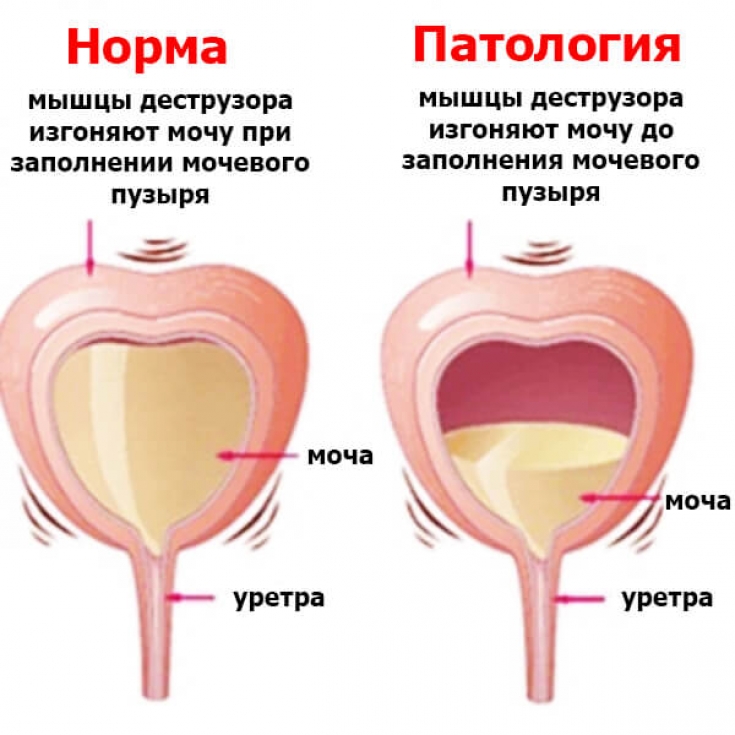Overactive Bladder – This is a whole symptom complex of urination disorders. Most often, this pathology is manifested by urgent urge to urinate. This problem has become more and more urgent in recent years, because, as statistics show, the prevalence of urination disorders, especially among women, is constantly growing.
This condition does not pose a threat to life, but is a serious social problem. A person with an involuntary urge to urinate has to be tied to the toilet and constantly feels shame.
Read on estet-portal.com why overactive bladder syndrome occurs, as well as the most effective methods of treating this condition.
Main manifestations of overactive bladder syndrome
Clinically, overactive bladder is most often manifested by the following symptoms:
• imperative urge to urinate;
• urinary incontinence;
• nocturia;
• frequent urination.
In the event of an urgent urge to urinate, the patient has the opportunity to have time to go to the toilet on time, however, very often with this disease, urine is released involuntarily, which puts the person in a very awkward position. In this regard, the treatment of an overactive bladder allows you to save a person not only from a physical problem, but also from constant psychological pressure and tension.
Urinary incontinence in women: why it happens
Basic pathological changes in overactive bladder
When the bladder is full, a nerve impulse comes from it, which signals the need to empty the organ, and as a result, urination occurs, by contracting the muscles of the bladder and relaxing the sphincter of the urethra.
In an overactive bladder, bladder muscle contraction occurs spontaneously, even when the bladder is underfilled. This involuntary contraction creates a need for constant urination.
Several factors can cause an overactive bladder, including:
• neurological disorders;
• diabetes mellitus;
• urinary tract infections;
• factors that prevent the outflow of urine – prostate enlargement, constipation, etc.;
• excess consumption of caffeine or alcohol.
For the latest articles, read Facebook!
Thus, in order to prevent an overactive bladder, it is necessary to maintain a healthy lifestyle, control weight, and timely treat diseases of the genitourinary system.

Modern approaches to the treatment of overactive bladder
Urodynamic studies are performed to make a diagnosis of overactive bladder.
Urodynamics in an overactive bladder is characterized by detrusor overactivity during the bladder filling phase.
Thus, for effective treatment of this condition, it is necessary to act on the muscles that empty the bladder.
Medications are used for this:
• reducing detrusor stimulation – M-anticholinergics;
• reducing the sensitivity of the muscles of the bladder – botulinum toxin injections;
• reducing urine formation – vasopressin analogues.
Regular exercise, behavioral therapy in combination with drug treatment allows patients to not experience daily discomfort, being constantly tied to the restroom.
You may also be interested in: International Guidelines for the Treatment of Overactive Bladder







Add a comment